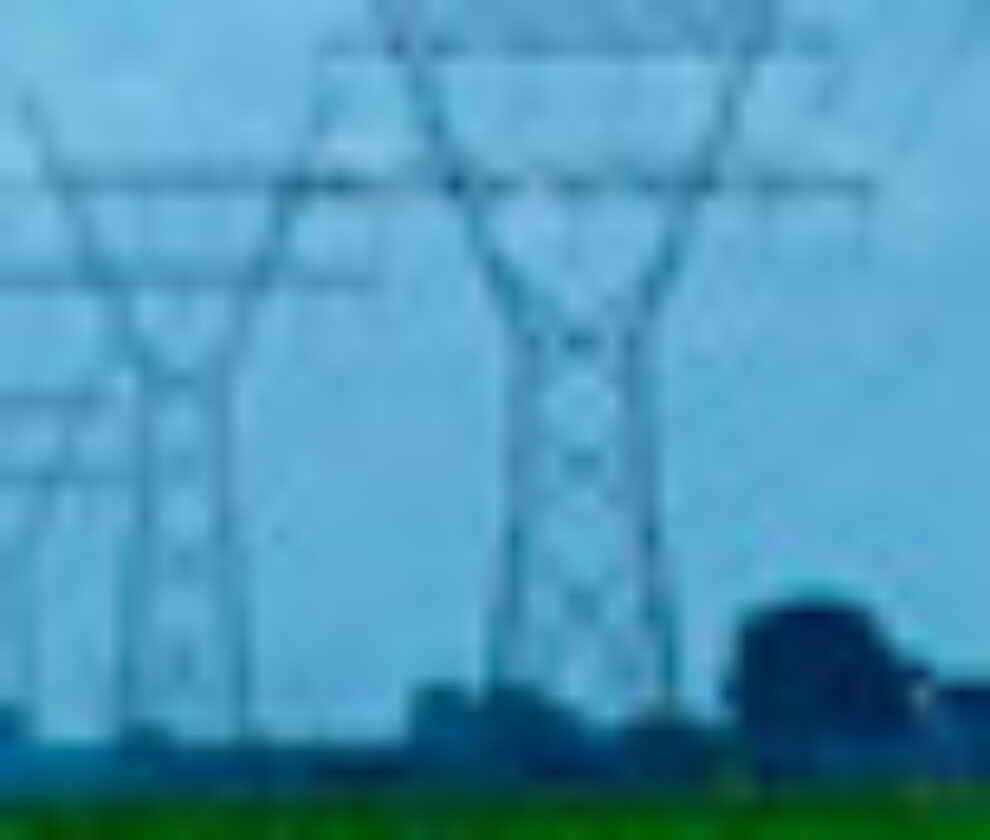This article was originally published by Enerknol on January 4, 2016.
Transmission investments are becoming increasingly important to deliver electricity from new renewable generators, as the most productive areas for wind, solar, and geothermal locations are often located far from population centers. Retirement of coal plants and nuclear plants also contribute to shifts in power flows across the transmission system. However, lengthy, complicated, and costly siting and permitting processes continue to hinder installation of new transmission lines and upgrading existing ones. Since multiple federal, state, and local government agencies are involved in right-of-way authorizations and environmental permitting, inter-agency coordination is critical. Utility decisions to make long-term investments and investors’ decisions to commit capital to facilitate such investments rely on stable and predictable regulations.
The location of large-scale wind farms in remote areas creates a need for additional transmission capacity, which has been difficult to achieve due to planning and permitting hurdles that can cause delays and cost increases for new transmission projects. As solar plants increase in size, they, too, will face increasing transmission challenges. While regulatory efforts allow for inter-agency and inter-regional coordination to encourage transmission development, increased regulatory certainty to ensure adequate returns and timeliness of reviews will facilitate implementation of planned investments.
An upgraded, reliable and efficient transmission system is critical to maximize the use of lower-emitting sources and renewable resources to meet the emissions reduction goals under the Environmental Protection Agency’s (EPA) Clean Power Plan (CPP). The United States has approximately 642,000 miles of high-voltage (34 kV and greater) transmission lines, running from generating plants to step-down substations, which reduce the voltage and connect the transmission network to the distribution grid serving retail customers. Transmission upgrades will support the growing use of distributed resources to improve the flexibility and resilience of the system. These grid upgrades will also facilitate wholesale market competition and include advanced monitoring systems and technologies to ensure grid resiliency and flexibility.
GET THE REPORT
11 Jan


